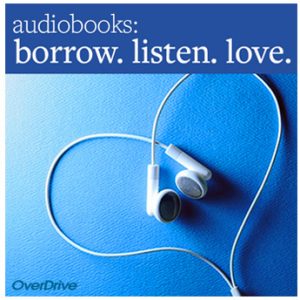
Personalized learning increases choice, confidence & content access
Personalized learning is an education trend that transcends trend. And for good reason. Who would posit that it’s a fad, encouraging educators to tailor content and instruction based on how each student learns best? Teachers have rightly embraced this customized approach in K-12 classrooms, where static lesson plans have limitations. In lower grades, this tends to focus on instruction method; in upper grades, a greater level of student choice of content is often introduced.
Personalized learning might have a class reading the same book, but students work at their own pace, or use other media to interact with the material. The teacher might choose to use a supplemental text, video or another format of the primary source. Ultimately, personalized learning goals are the same for all students, but the method or approach of instruction varies according to the preferences of each student or what research has found works best for students like them.
Strategic student grouping can be especially helpful in personalized learning, designing groups to include students from different levels instead of level-homogenous groups. This boosts both the confidence and skill of striving readers, and encourages advanced students to practice being inclusive. Teacher-led and peer-led instruction are also equally common in K-12 classrooms incorporating personalized learning.
Digital learning is personalized learning
With ebooks and audiobooks, teachers have the flexibility to choose both method and delivery of lessons, and access to an extensive digital library makes it easy to assign the variety of materials students may need. In the “one screen one student” model, each student can access the materials that will best help them learn, anytime, anywhere.
Read-Alongs offer an ideal multi-sensory reading experience. While best known for serving younger readers, English Language Learners benefit from the engaging visual story cues, and the written paired with verbal word accelerates literacy in English. These along with audiobooks create a web in which writing, reading and learning transcends the page.
 Audiobooks also allow students with visual challenges access to a reading experience untethered to the printed word. Dyslexic font is another feature that allows students with visual or processing issues to customize the typeface within their ebooks. The dyslexic font, or dyslexie, is designed so that each letter is unique. Letters and words have extra distance between them to combat reversal and flipping of letters. Capital letters are bolder to help readers identify new sentences, and each letter is bottom-weighted.
Audiobooks also allow students with visual challenges access to a reading experience untethered to the printed word. Dyslexic font is another feature that allows students with visual or processing issues to customize the typeface within their ebooks. The dyslexic font, or dyslexie, is designed so that each letter is unique. Letters and words have extra distance between them to combat reversal and flipping of letters. Capital letters are bolder to help readers identify new sentences, and each letter is bottom-weighted.
Personalized learning instruction benefits all ages and reading levels, though. Reading and listening levels don’t align until eighth grade, so any support teachers can offer to help students master both is welcome. Beyond meeting traditional learning goals, personalization with ebooks and audiobooks broadly supports student agency, media literacy and digital citizenship. The individual screen allows for nearly endless paths to customization and personalization. Ebooks and audiobooks provide the content to provide each student with the book they need when they need it.
Browse blog and media articles
Public Library Training
K-12 Library Training